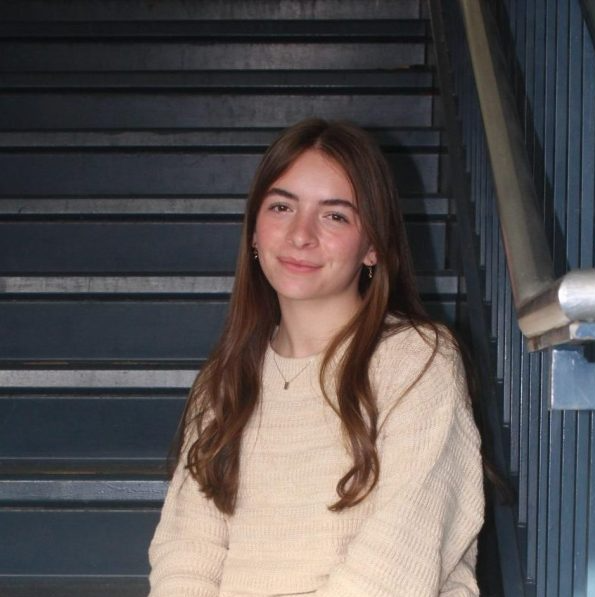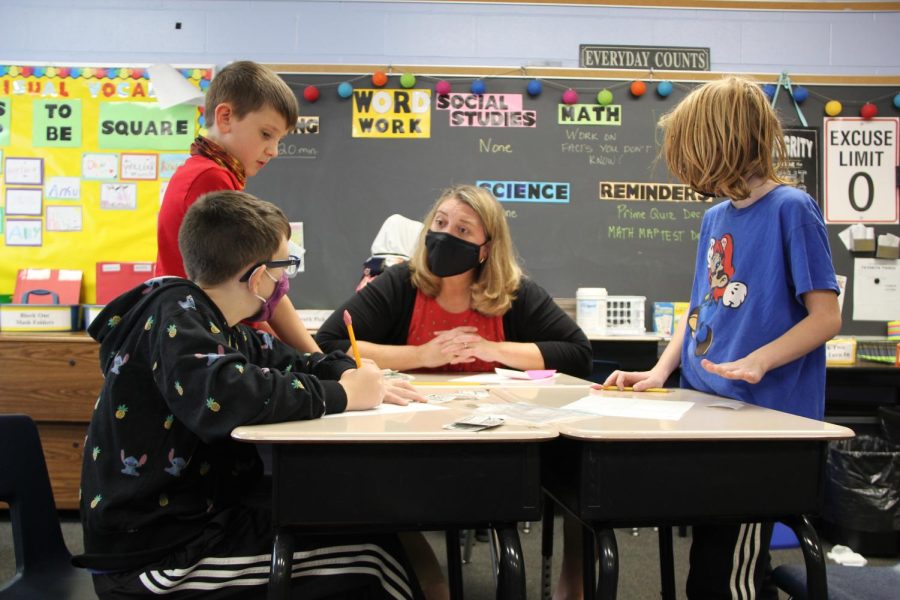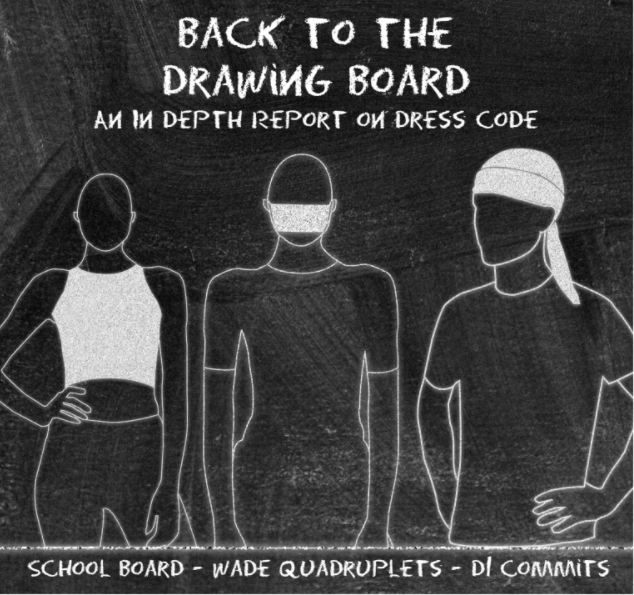Story by Vivian Kolks | Photography by Emma Stiefel
It’s the night before the deadline, but Lakota East alumni and former Spark editor-in-chief Christine Shi isn’t frantically writing or copy editing, she’s preparing her portfolio for one of the five art schools she’s applying to. Thus, Shi became one of the 20.5 million now college students that applied to attend school in the 2016-17 year, according to the National Center for Education Statistics.
“The applications were bad. It was horrible because we had so many things to do,” Shi says who went on to describe the process as a “constant to-do list,” which considering the extensive nature of the college application, seems accurate.
Many colleges start with requiring basic information, such as GPA, class rank, standardized test scores and examples of any leadership positions held or awards received. However most schools also require supplementary material such as college essays of 300-600 words and one to three recommendation letters and according to Shi an “expensive” application fee anywhere between $30-$60.
The applications were bad. It was horrible because we had so many things to do
After enduring such a process, Shi says that she remembers the exact moment when she finished her applications. It was fall and she was at a friend’s house both of them hoping to finish their applications by Halloween, so that they would be able to celebrate without worrying about anything college related. Although it was with a little rushing, they finished right on time, much to the two girl’s delight.
“Once we got it in, we screamed,” Shi said. “We screamed at each other and then her mom came downstairs and all three of us screamed. It was great.”
Shi’s attitude was to “get it done” and her goal to apply to as many colleges as possible, eventually applying to five various art schools around the country. According to Shi, participating in Spark and subsequently student journalism helped immensely with the application process.
I was used to writing a lot and most of it was my voice. Lot’s of students haven’t used their voice yet since most of what they’ve written is research papers.
“I was used to writing a lot and most of it was my voice,” Shi says. “Lot’s of students haven’t used their voice yet since most of what they’ve written is research papers.”
Being the Editor-in-Chief of Spark helped Shi develop her voice, but was also a constant reminder to always back up her opinion with facts and to have sources to enforce her own credibility. In the end her hard work paid off and she is now a Graphic Design major at the University of Cincinnati DAAP program.
“Once that burden get’s lifted off of your shoulders and you know that you’re really done,” Shi says. “It’s a great feeling.”








































































































